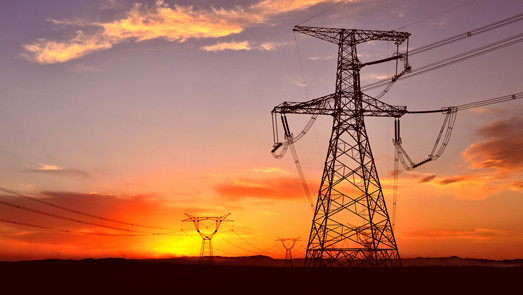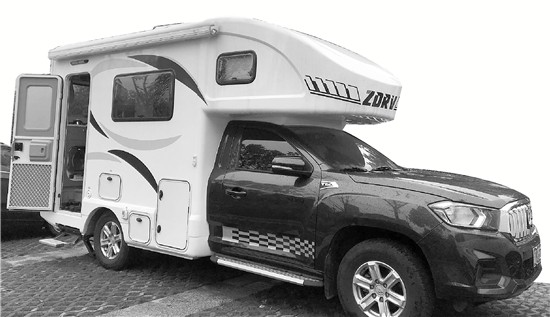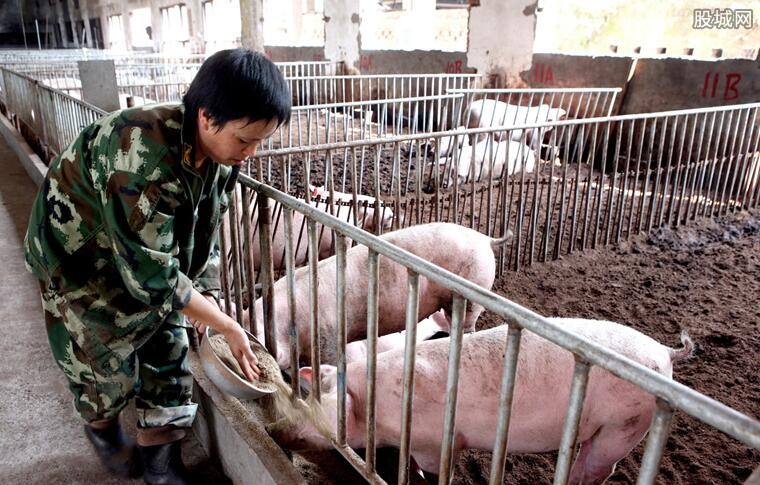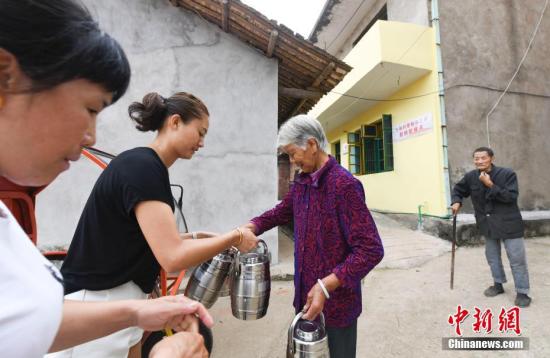真实数据告诉你,运动是怎样帮到肿瘤患者的?
打开防癌、抗癌的文章,十有九篇会推荐“坚持锻炼”,声称锻炼可以降低癌症患者的发病率、改善预后。这是真的吗?运动到底是怎样起作用的呢?
答案是肯定的:这是真的。随着运动免疫学的兴起,越来越多的研究用实际的数据,为我们揭开了运动促进免疫的机制。而免疫,正是人体对抗肿瘤的终极杀器。
1、提高肌肉衍生细胞因子的能力
肌肉约占人体体重的50%,被公认为蛋白质的主要分泌器官,通过释放大量蛋白质来调节人体的许多生理过程,目前已被鉴定出的有300多种。其中有一部分被称为肌肉衍生细胞因子,简称“肌因子”。
肌因子有3个重要作用,前两个是人们熟知的:支持葡萄糖代谢和肌肉生长,第三个却是出乎意料:介导免疫系统。
当人体处于运动状态的时候,收缩的肌肉纤维释放出支持肌肉和免疫健康的白细胞介素4/6/7/8/15,维持促炎和抗炎介质的平衡。其中,白介素7和15能协调补充幼稚T细胞和记忆T细胞,对维持T细胞的稳定起到非常重要的作用。白介素15还对NK细胞的增殖和分化起重要作用。
2、动员白细胞
运动的时候,白细胞几乎是瞬间就被动员到血流中,数量达到静止状态的3-5倍。根据Pizza和Zela等人的研究,健康男性和女性在跑步机上分别运动60分钟(男性)和30分钟(女性)以后,循环NKT样细胞增加了3-6倍。
运动时,具有更强效应功能的T细胞被重新部署到淋巴结和非淋巴组织。在运动结束的1-2小时内,血液T细胞表现出激活的细胞因子特征,增强了对一系列血液肿瘤的细胞毒性。
运动可以刺激儿茶酚胺的分泌,加速脂肪的分解和氧化,降低肥胖人群和久坐人群的脂肪酸水平,上调代谢调节剂mTORC、cMyc,从而增强NK细胞的存活能力和抗肿瘤能力。
3、增强抗肿瘤免疫监视
由于白细胞被动员到血液中,因此,运动可以增强免疫监视。这些被紧急动员到血液中的淋巴细胞对肿瘤相关抗原更加敏感。Pederson等人的动物实验证明,在五种不同的鼠类模型中,运动小鼠的肿瘤发生率降低了约60%。
4、改善抗肿瘤免疫反应
长期运动可以减少衰老T细胞,增加具有免疫反应潜力的幼稚T细胞,更有效地发展免疫记忆。白介素2是促进被抗原激活的T细胞分化为效应T细胞的重要细胞因子,而衰老T细胞的特征之一是白介素2释放受损,导致抗肿瘤反应差。
运动时,肌因子诱导释放的白介素7可以防止CD27和CD28的丢失,恢复T细胞释放白介素2的能力。白介素15则通过上调活性效应分子、穿孔素和颗粒酶,提高T细胞杀伤肿瘤的能力。一项为期16周、针对乳腺癌患者的研究发现,运动改善了患者的T细胞数量,提高了T细胞对刺激因子的敏感度,从而提高抗癌治疗后的免疫力。
另外一项对240名化疗患者进行的研究表明,化疗期间进行运动(阻力和高强度间歇训练),可以改善癌症相关疲劳,增强患者的肌肉力量和功能,进而降低患者的住院率和血小板减少的发生率。
随着对运动与免疫认识的加深,运动被用于临床改善心肺功能,甚至被提议作为一种免疫疗法。运动肿瘤学正在逐渐兴起,科学家们正在努力弄清楚最有效的运动方式、强度和时间。就目前来说,比较一致的观点是推荐每周150分钟中等强度的运动,比如散步、快走、慢跑、乒乓球、羽毛球、排球、骑车、游泳、太极拳等等。
需要指出的是,每个人的身体素质各不相同,肿瘤患者要根据自己的实际情况,选择合适的运动方式和运动时间,循序渐进,切记操之过急,过量运动。
参考文献:
1、Pedersen BK, Febbraio MA. Muscles, exercise and obesity: skeletal muscle as a secretory organ. Nat Rev Endocrinol 2012;8:457–65.
2、Bortoluzzi S, Scannapieco P, Cestaro A, etal. Computational reconstruction of the human skeletal muscle secretome. Proteins 2006;62:776–92.
3、Cieri N, Camisa B, Cocchiarella F, etal. Il-7 and IL-15 instruct the generation of human memory stem T cells from naive precursors. Blood 2013;121:573–84.
4、Pfefferle A, Jacobs B, Haroun-Izquierdo A, etal. Deciphering natural killer cell homeostasis. Front Immunol 2020;11:812.
5、Simpson RJ, Kunz H, Agha N, etal. Exercise and the regulation of immune functions. Prog Mol Biol Transl Sci 2015;135:355–80.
6、Pedersen L, Idorn M, Olofsson GH, etal. Voluntary running suppresses tumor growth through epinephrine- and IL-6-dependent NK cell mobilization and redistribution. Cell Metab 2016;23:554–62.
7、LaVoy ECP, Bollard CM, Hanley PJ, etal. A single bout of dynamic exercise enhances the expansion of MAGE-A4 and PRAMEspecific cytotoxic T-cells from healthy adults. Exerc Immunol Rev 2015;21:144–53.
8、Zhang Y, Pfannenstiel LW, Bolesta E, etal. Interleukin-7 inhibits tumor-induced CD27-CD28- suppressor T cells: implications for cancer immunotherapy. Clin Cancer Res 2011;17:4975–86.
9、Wennerberg E, Lhuillier C, Rybstein MD, etal. Exercise reduces immune suppression and breast cancer progression in a preclinical model. Oncotarget 2020;11:452–61.
10、Garritson J, Krynski L, Haverbeck L, etal. Physical activity delays accumulation of immunosuppressive myeloid-derived suppressor cells. PLoS One 2020;15:e0234548.
11、Kedia-Mehta N, Choi C, McCrudden A, etal. Natural killer cells integrate signals received from tumour interactions and IL2 to induce robust and prolonged anti-tumour and metabolic responses. Immunometabolism 2019;1:e190014.
12、Mao Y, van Hoef V, Zhang X, etal. Il-15 activates mTOR and primes stress-activated gene expression leading to prolonged antitumor capacity of NK cells. Blood 2016;128:1475–89. 108 Johnson NA, Sachinwalla T, Walton DW, etal. Aerobic exercise training reduces hepatic and visceral lipids in obese individuals without weight loss. Hepatology 2009;50:1105–12.
13、Shephard RJ (2003) Adhesion molecules, catecholamines and leucocyte redistribution during and following exercise. Sport Med 33:261–284. https://doi.org/10.2165/00007256-20033 3040-00002
14、Hanson, ED, Bates, LC, Bartlett, DB, & Campbell, JP (2021)。Does exercise attenuate age‑ and disease‑associated dysfunction in unconventional T cells? Shining a light on overlooked cells in exercise immunology. European Journal of Applied Physiology,121(7),1815-1834. doi:10.1007/s00421-021-04679-4
15、Hanson, ED, Bates, LC, Harrell, EP, Bartlett, DB, Lee, JT, Wagoner, CW, ... Battaglini, CL (2021). Exercise training partially rescues impaired mucosal associated invariant t-cell mobilization in breast cancer survivors compared to healthy older women. Experimental Gerontology, 152, 111454. doi:10.1016/j.exger.2021.111454
16、Mijwel, Sara; Bolam, Kate A.; Gerrevall, Jacob; Foukakis, Theodoros; Wengström, Yvonne; Rundqvist, Helene (2019). Effects of Exercise on Chemotherapy Completion and Hospitalization Rates: The OptiTrain Breast Cancer Trial. The Oncologist,2019-0262.doi:10.1634/theoncologist.2019-0262


















 营业执照公示信息
营业执照公示信息